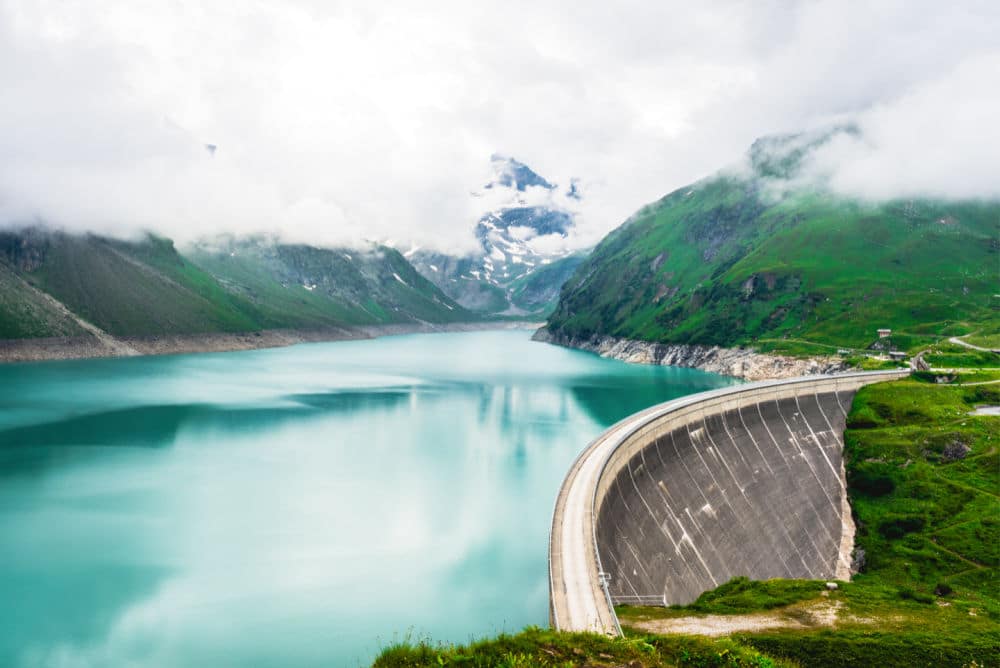How Hydroelectric Energy Works.
For many years, hydropower has been recognized as a reliable source of clean energy, and it needs to be rediscovered and revitalized. Because it may be produced by either huge stations or small plants, it is useful in draining marshy terrain and irrigating crops. It even has a lot of potential for application in the home.
Hydropower is a renewable kind of energy that creates electricity by altering the natural stream of a river or other body of water through the use of a dam or diversion construction. When it comes to producing electricity, hydropower relies on the unending, continuously renewing system of the water cycle, and it does so by burning a fuel (water) that is never decreased nor removed in the process. Hydraulic power plants are available in a variety of configurations, but they are all driven by the kinetic energy of flowing water as it travels downstream. In order to transform kinetic energy into electricity, hydropower uses turbines and generators. This electricity is then put into the electrical grid, which is used to power homes, companies, and industries.
Because hydropower facilities create energy through the use of water, they are typically placed on or near a water source. The amount of energy that may be extracted from moving water is dependent on both the volume of the water movement and the change in elevation from one location to the next. The larger the flow rate and the greater the height of the head, the bigger the amount of power that can be generated.
As is true of other environmentally friendly sources, the advantages of solar energy tend to grow over time as its performance and efficiency improve. As a result of this, we are better able to recycle materials, reduce expenses, and have a less negative impact on the environment.

